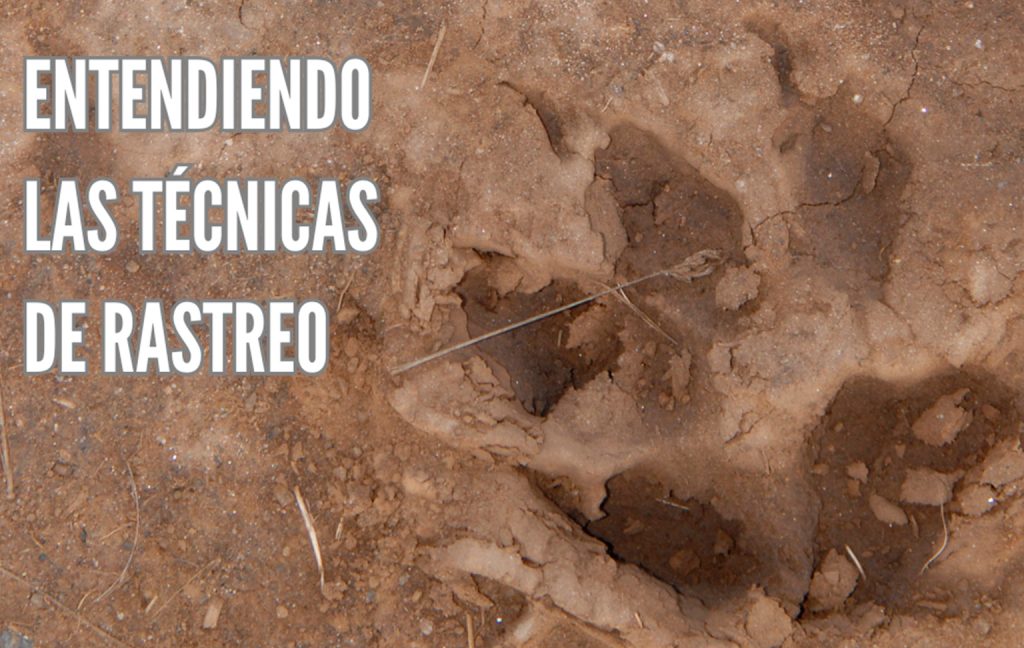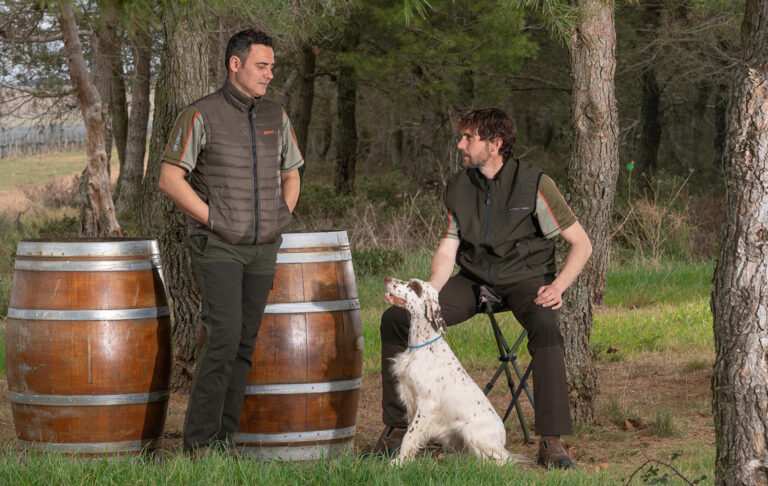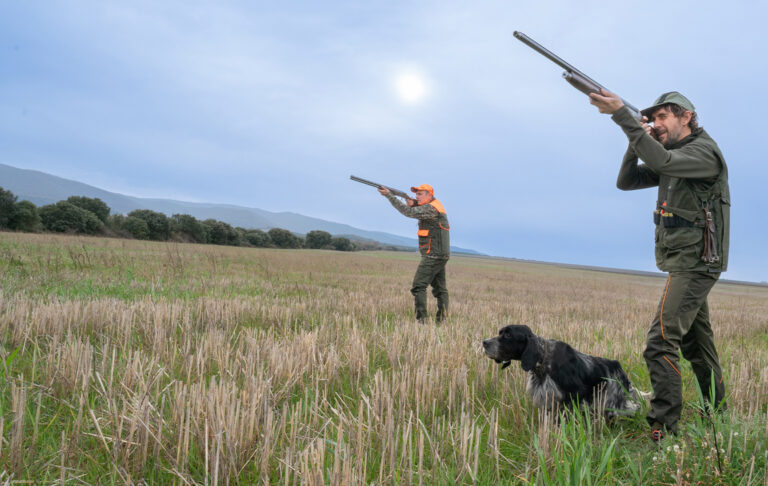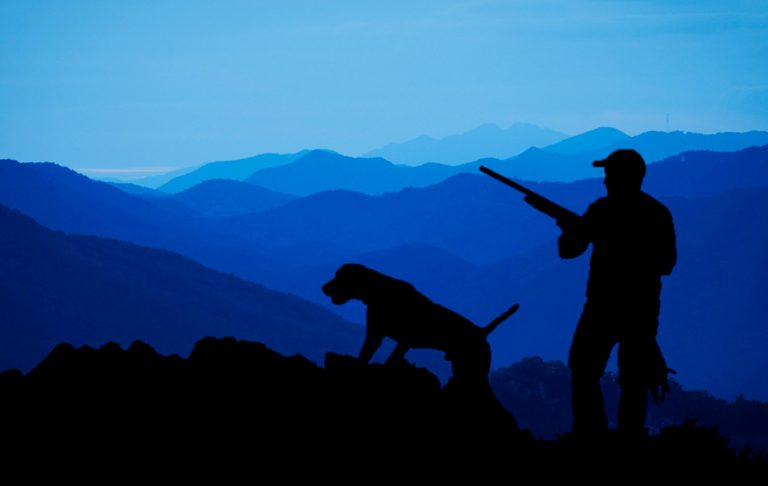The art of hunting goes beyond just waiting. It involves tracking and tracking skills that can make the difference between a successful day in the field and one filled with frustration.
Knowing and applying the best tracking techniques not only improves our chances of success, but also connects us more deeply with nature and makes us more responsible and efficient hunters. Today, I want to share with you some of the most effective techniques for tracking and following prey.

Knowing the terrain
The first step in any successful hunt is to know the terrain. Familiarising yourself with the area where you will be hunting allows you to identify the places where prey are most likely to be. Topographical maps, GPS applications and personal observations help us identify key areas such as water sources, feeding areas and game trails. Knowing the terrain also involves understanding seasonal patterns and how prey use different areas at different times of the year.
Identifying tracks and signs
One of the most important aspects of tracking is the ability to identify tracks and other signs of animal presence. Tracks tell us the type of animal, its size and the direction in which it is heading. It is essential to learn to distinguish between tracks of different species and ages, and to interpret the depth and size of the tracks to estimate the weight and speed of the animal.
In addition to tracks, other signs such as scat, vegetation marks and food trails also provide valuable information. For example, fresh scat may indicate the recent proximity of the animal, while marks on trees or bushes may indicate feeding areas or territory.
Track tracking
Tracking involves following tracks and other signs along a route. This requires patience and attention to detail. It is crucial to move slowly and stealthily, noting any changes in the environment that may indicate the animal’s presence. Keeping low to the wind and moving quietly are essential to avoid alerting prey.
Use of binoculars and observation equipment
Binoculars and other observation equipment are essential tools for any hunter. They allow you to scan large areas without having to get close and risk spooking your prey. Using good quality binoculars helps to identify movements and signs from a safe distance, which is especially useful in open terrain or when following a recent trail.
Understanding animal behaviour
Each species has specific behaviours that can be exploited during tracking. Understanding these behaviours, such as feeding schedules, migration patterns and shelter habits, gives us a significant advantage. For example, many animals are most active during the early morning and late afternoon, making these times the best for tracking and trailing.
Stealth and patience
Stealth and patience are essential qualities in tracking. Moving slowly, stopping frequently to watch and listen, and always being alert are practices that increase our chances of success. Patience allows us to wait for the right moment to approach and take a clean, ethical shot.
Technology
Today, technology offers advanced tools that can enhance our tracking skills. Tracking cameras, drones and mobile hunting apps provide real-time information on the location and movements of prey. While technology does not replace traditional tracking skills, it can complement them and increase our effectiveness.
Tracking and tracking prey is an art that requires practice, knowledge and dedication. By combining traditional techniques with modern tools, we can improve our skills and increase our chances of success. Beyond hunting, tracking allows us to gain a deeper understanding and appreciation of the natural environment and the creatures that inhabit it.
May our hunting adventures always be safe, responsible and successful.
Good hunting to all!






